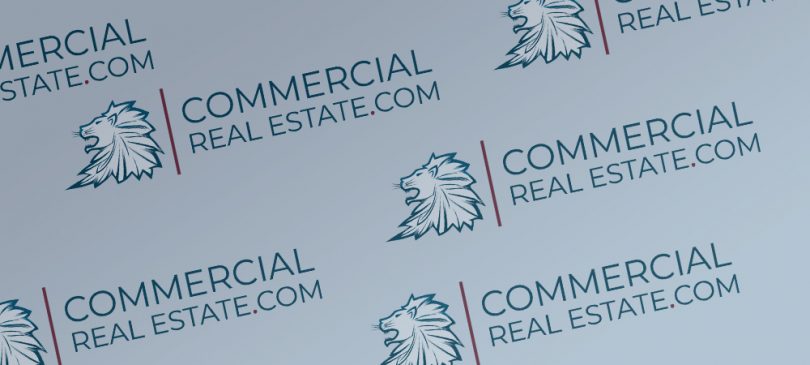Part of the BOMA building classification system, buildings classified as Class C are found in locations that are less desirable. Typically, they are older or neglected in moderate-level to good locations or buildings in poor...
Latest Posts
Draw Request
This refers to regular requests from a borrower's construction loan that the lender provides advance funds. It is based on the project costs sustained that the borrower has already paid or been invoiced for.
Debt-service ratio
This is the ratio of debt payments to the household gross income. On top of the main wage earner's salary, it includes the salaries of the household's other wage earners, bonuses, commissions, overtime pay, and others.
Competitive Inventory
This refers to both multi-tenant and single-tenant buildings and structures that usually contain 10,000 square feet or more, are owned by one party, and are made accessible for lease to the other party. Government-owned and owner...
Hard Costs
Also known as direct costs, hard costs are development costs that correspond to the physical construction of a particular building. They include labor, raw materials, interior finish, etc.
HUBZone (SBA HUBZone Program)
This is a US Small Business Administration (SBA) program applicable to smaller companies that employ and operate within historically underutilized business zones (HUBZones). The goal of this program is to make incentives...
Before-Tax Investment Value
This is the totality of the present values of the mortgagee and mortgagor of a certain property.
Chain of title
This refers to real estate records that list the history of the owners of a home or property. Its purpose is to ensure that the home or property is free to transfer to a new owner. The chain of title traces back to the original...
hazard insurance
A common feature in homeowner's insurance that is required by lenders, hazard insurance is a contract between an insurer and a purchaser to compensate the insured for loss of property due to hazards such as hail damage or fire...
Expansion Rights
These legal rights are given by a landlord to a tenant to inhabit an additional leasable area in a building. They are often only used when tenants have a high degree of negotiation leverage as expansion rights can limit the...




